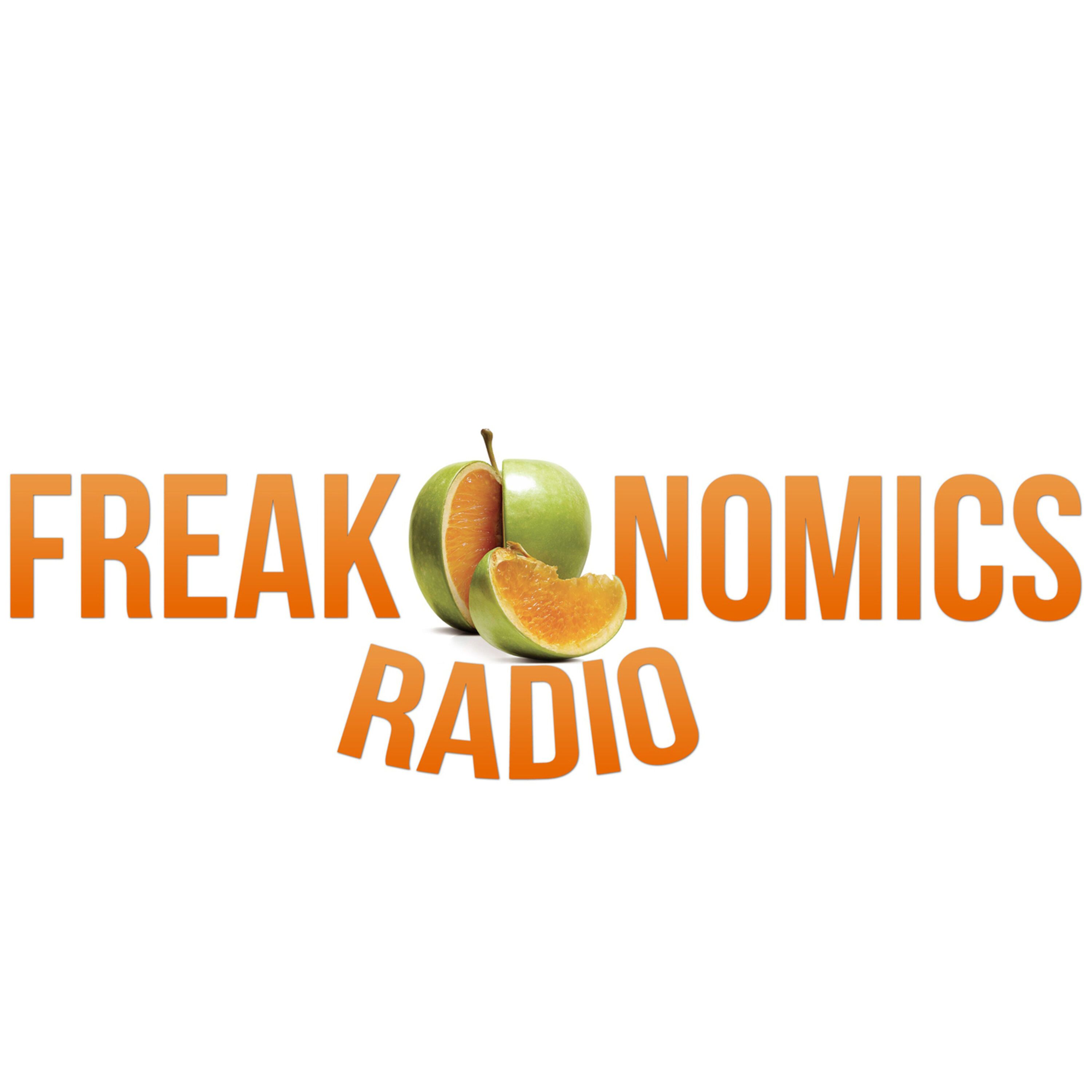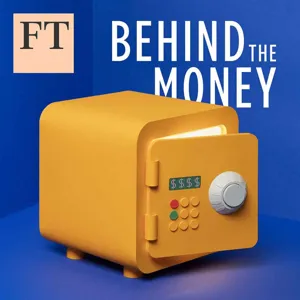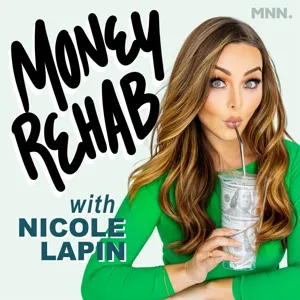Podcast Summary
Majority of Mother's Day flowers imported, contributing to carbon footprint: 80% of Mother's Day flowers are imported, traveling long distances via air freight, resulting in a large carbon footprint
Despite the popular tradition of giving flowers to mothers on Mother's Day, the vast majority of these flowers are imported from countries with limited sunlight, and they travel long distances to reach us, contributing to a significant carbon footprint. During the discussion on Freakonomics Radio on Marketplace, Steven Dubner shared his personal experience of sending flowers to his mother and revealed that about 80% of these cut flowers are imported, mostly from countries near the equator. These flowers are transported from South America to the United States via air freight to Miami and then trucked to their final destinations. While it's a sweet gesture to send flowers to our mothers, it's essential to be aware of the environmental impact and consider alternative ways to show our appreciation.
The Environmental Impact of Cut Flowers: During holidays like Mother's Day, the tradition of sending flowers leads to significant resource consumption, but alternatives like artificial trees may not be realistic for everyone.
While there is growing concern over the environmental impact of food miles and carbon footprints, the same scrutiny seems to be lacking when it comes to cut flowers. Despite the fact that they are solely for our viewing pleasure and have a short lifespan, leading to a high turnover rate, there is little discussion about the environmental impact of their production and transportation. This is particularly noticeable during holidays like Mother's Day, where the tradition of sending flowers results in a significant amount of resource consumption. One potential solution could be to consider using artificial trees, like those used during Christmas, which have a longer lifespan and do not require the harvesting and transportation of real trees every year. However, personal attachments and traditions may make this an unrealistic alternative for some holidays. Ultimately, it is important to consider the environmental impact of all the things we consume, including cut flowers, and explore ways to reduce our overall resource consumption.
Challenging assumptions about plastic versus real flowers: Plastic flowers have a smaller carbon footprint than real flowers due to their longevity and lack of need for transportation and decomposition.
Our perceptions about the environmental impact of plastic versus natural products may be oversimplified. Plastic flowers, for instance, may seem less eco-friendly due to their association with petroleum production. However, Suzanne Friedberg, a Dartmouth professor and author, argues that plastic flowers have a smaller carbon footprint than real flowers because they don't need to be flown long distances, don't decompose, and have an endless lifespan. Therefore, sending plastic flowers instead of real ones could be a more sustainable choice. This idea challenges our assumptions about the environmental impact of different materials and encourages us to consider the complexities of the world around us.





